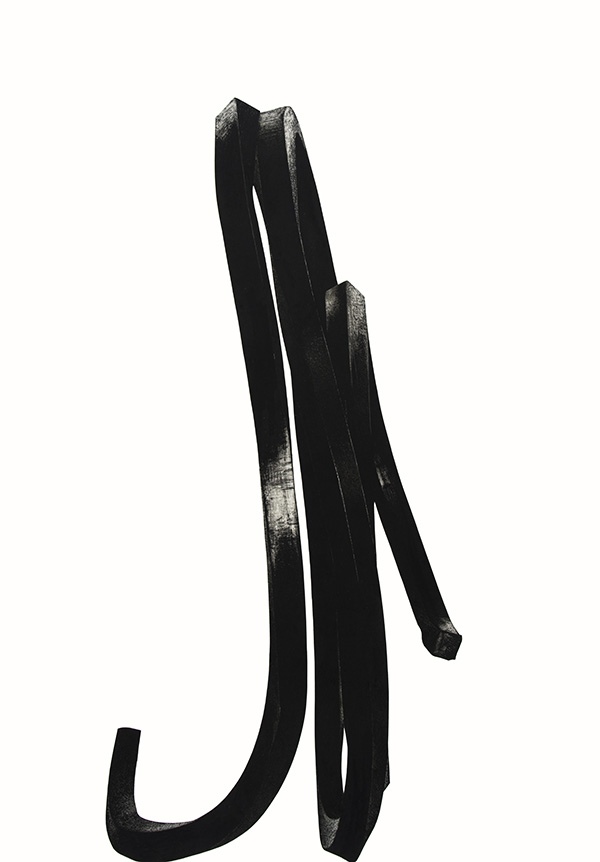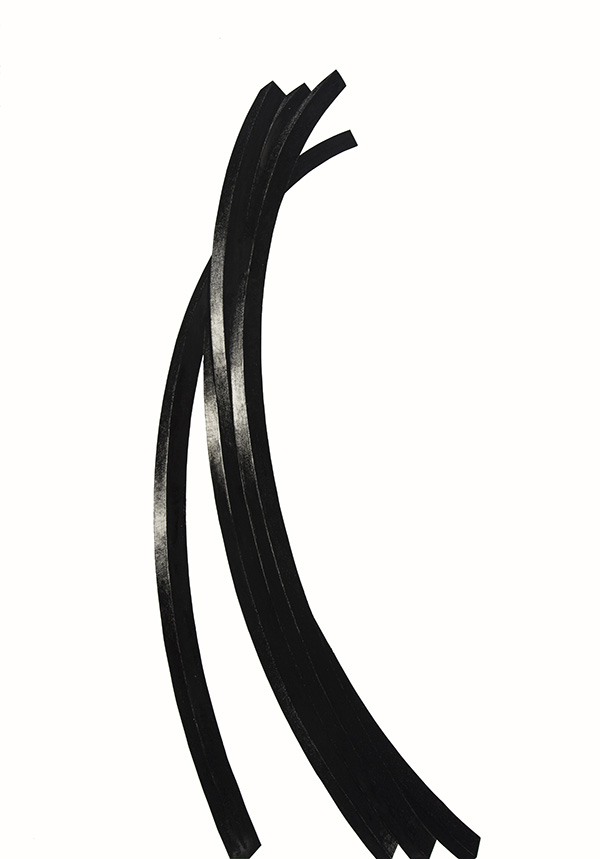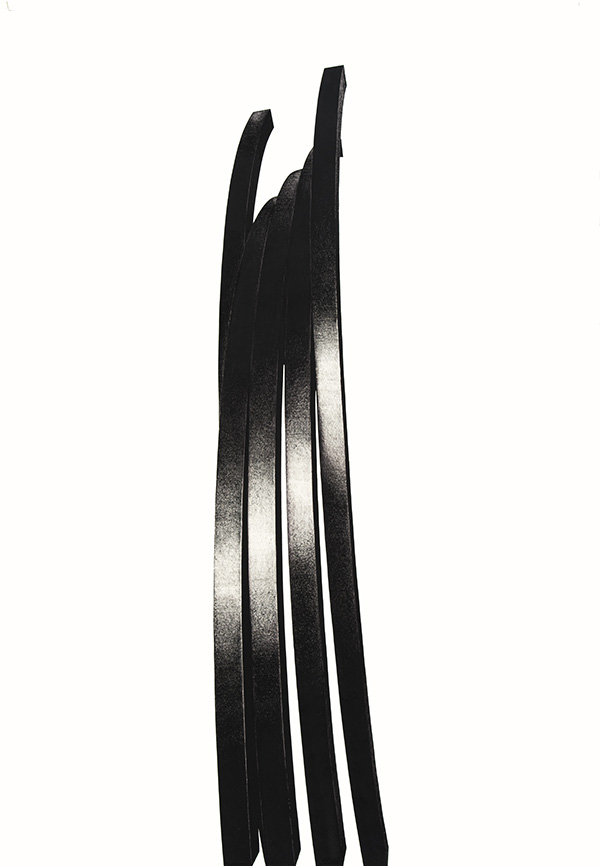ART CITIES:N.York-Bernar Venet
 The French conceptual artist Bernar Venet rose to prominence in the late ‘60s through the art scene in New York. He moved to the city in 1966 and quickly became instrumental in developing a radical new proposition involving the use of mathematics and scientific language. His work, “Tas de Charbon” (1963), is widely recognised as the first sculpture without a specific form.
The French conceptual artist Bernar Venet rose to prominence in the late ‘60s through the art scene in New York. He moved to the city in 1966 and quickly became instrumental in developing a radical new proposition involving the use of mathematics and scientific language. His work, “Tas de Charbon” (1963), is widely recognised as the first sculpture without a specific form.
By Efi Michalarou
Photo: Paul Kasmin Gallery Archive
Bernar Venet in his solo exhibition “Arcs” at Paul Kasmin Gallery in New York presents six large-scale drawings and three new sculptures. With this new series of drawings that are 213 cm tall, the artist deepens his radical, lifelong exploration of the line and material. The artist uses graphite, oilstick and collage to create groups of four, five and seven arcs in six different configurations onto a white background. With their exacting precision, Venet’s new work originates in his first conceptual sculpture. The interplay between sculpture and drawing brings out the inherent versatility of form in Venet’s oeuvre that transcends material boundaries. Mirroring the drawings the three new sculptures are made of 180cmtall rolled steel finished in a black patina. The new Arc sculptures are comprised in groups of four, five and seven curved lines that extend upwards from its base at variations of 86.5 degrees. From 1955 to 1958, Bernar Venet studied at Ecole Libre and Groupe Scolaire Paul Lapie and then, in 1959, Venet studied for a year at the Municipal Art School of Nice. Right after, he began working as a stage designer at Opera de Nice where he produced a highly stylized paintings described by himself as symbolic. In 1961, Venet joined the French Army where he converted an attic of the local army reception center to a studio. During this period, he painted with tar, Venet called this style “fetishist works”, as he was creating on the floor, with his feet in a gestural style. of his action, so the blank surface would become a work. Venet returned to Nice in 1963 and opened a studio to continue his work, now also photographing coal and gravel piles. At this time, he created his first sculpture “Tas de Charbon”, piles of loosely arranged pieces of coal whose arrangement varied with each installation. Venet became well known for his amorphous installations made by piling up loose gravel, coal, or asphalt. In 1964, Venet found inspiration in works by Nouveaux Réalisme style artists. Venet began to make pieces out of used and discarded industrial material, such as flattened cardboard creating “Industrial paintings”. On his first trip to New York, Venet was amazed and influenced by the Minimalist artwork he saw in galleries and while encountering Minimalist artists such as Dan Flavin, Donald Judd, and Sol LeWitt. He was stunned by the formal restraint of those works. When he returned to Nice, Venet began to work on mono-semiotic works and diagrams, while at the same time he was composing, choreographing and creating costumes and designs for Jean-Louis Martinoty’s production of the ballet “Graduation”, a ballet performed on a vertical surfaceIn 1966 when he was invited to participate in an exhibition at the Céret Museum in the Pyrenees, Venet simply sent a blueprint of a tube instead of the tube itself. “Nobody made a plan like this and presented it as a work of art, so I thought what if I present it as a work of art? Why make an object? Everybody makes objects. How about showing the information about an object, but not the object?” Soon after, in 1967, Venet definitely moved to New York. In the beginning of his life in new York, Venet has produced conceptual art that used systems, often based on scientific ideas, he collaborated with scientists from Columbia University and produced the non visual works on magnetic tape, as his focus was on content, not the visual characteristics of artworks. In 1971, Venet decided to cease his artistic work to travel throughout the United States, Europe, and Japan. He even taught art and art theory in Sorbonne. He resumed his art-making practice in 1976 with a renewed focus on the line as his main subject. Focusing now on all variants of the line as a fundamental subject, arcs, angles and both straight and indeterminate lines have come to define his aesthetic, with mathematical investigations of chance and chaos providing a conceptual grounding to how his sculptures are realized. From this point Venet navigates significant sculptural issues such as equilibrium, control and the relationship with the environment. In 1984 he held a first exhibition of Indeterminate Lines sculptures.
Info: Paul Kasmin Gallery, 297 Tenth Avenue, New York, Duration: 9/3-22/4/17, Days & Hours: Tue-Sat 10:00-18:00, www.paulkasmingallery.com



